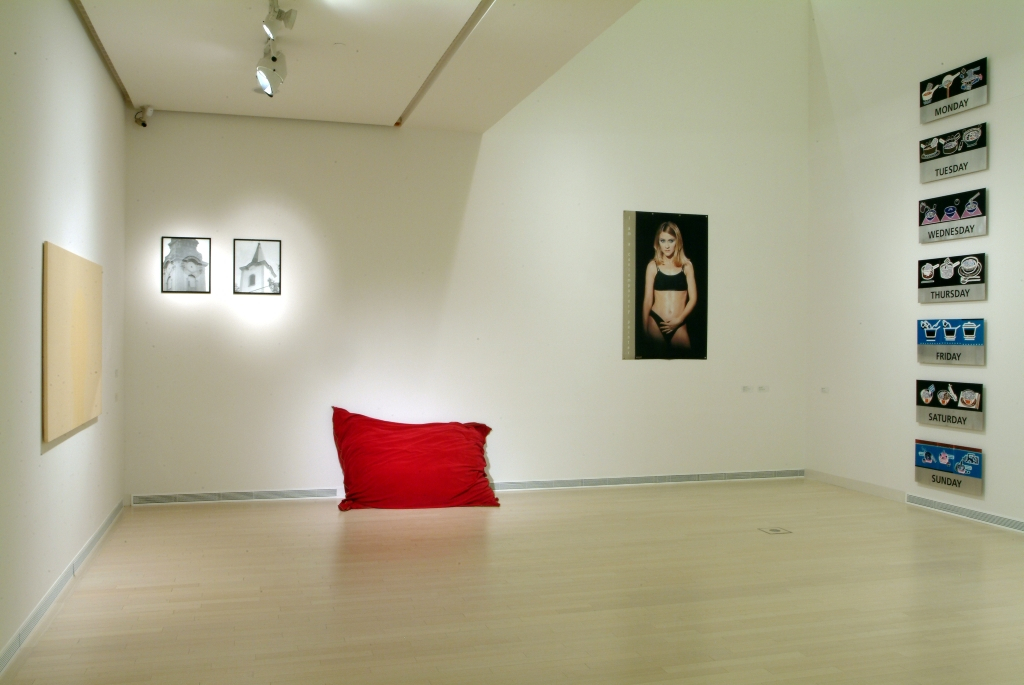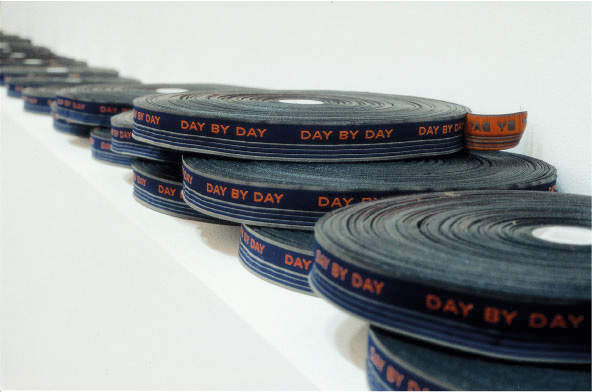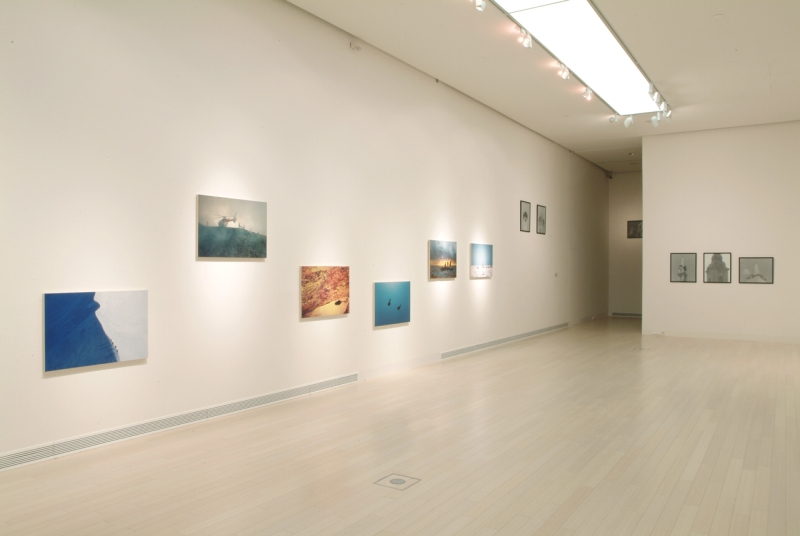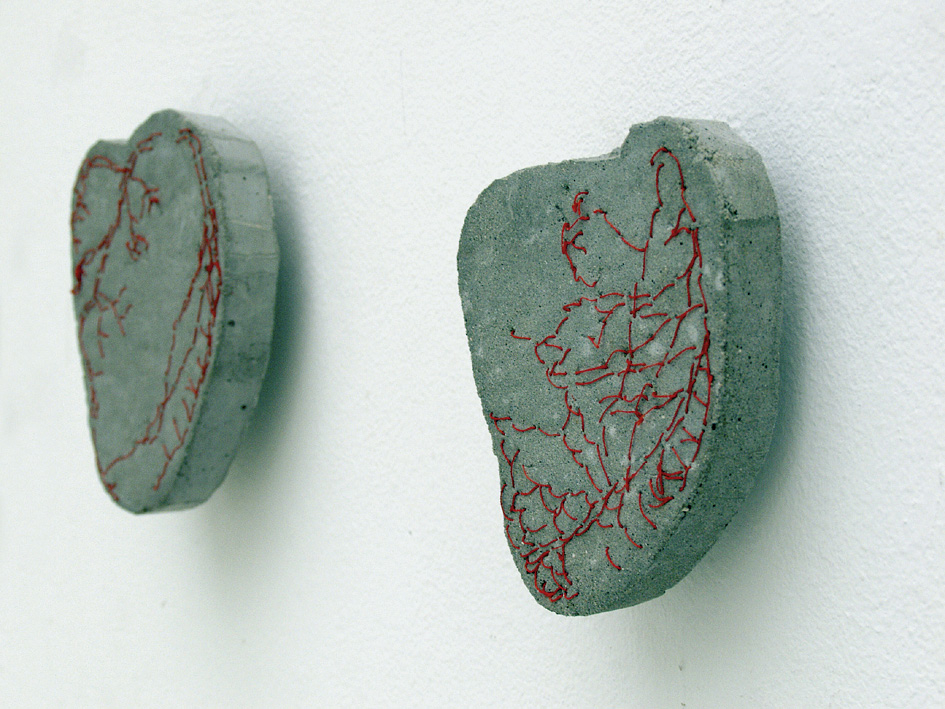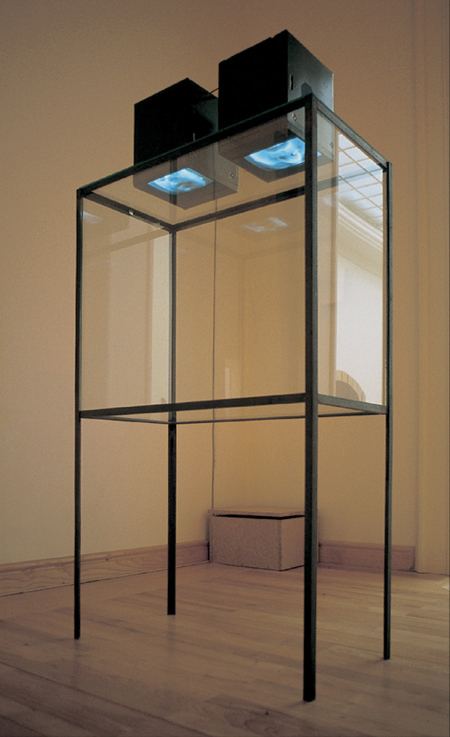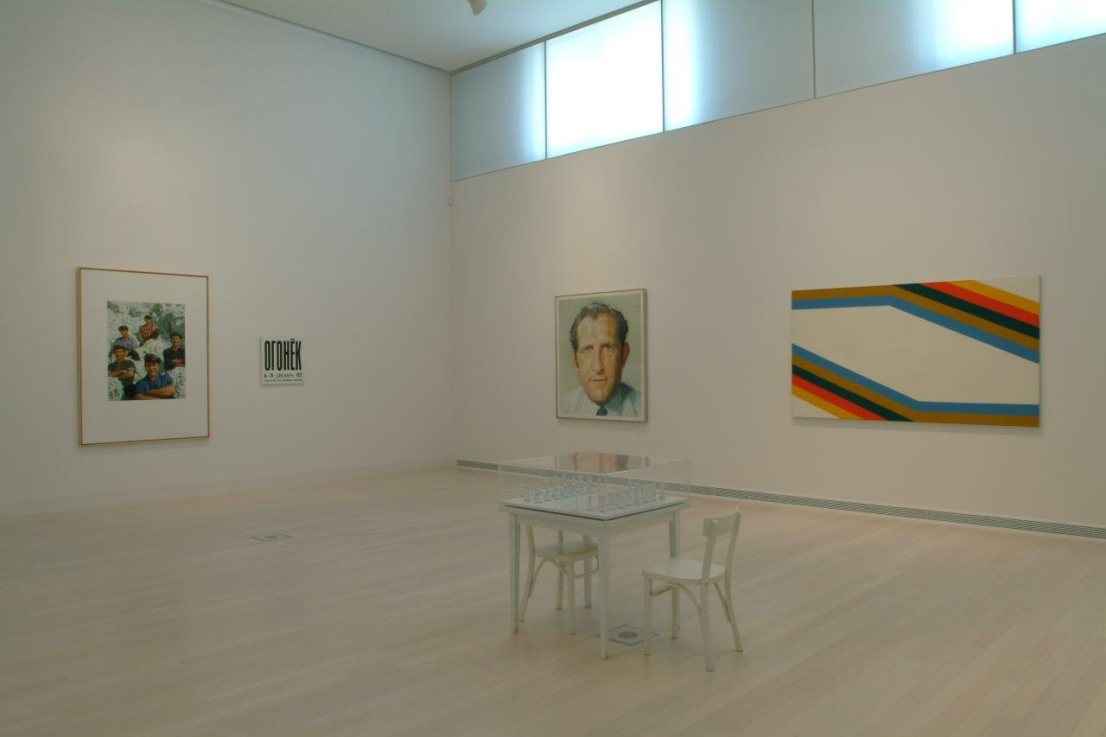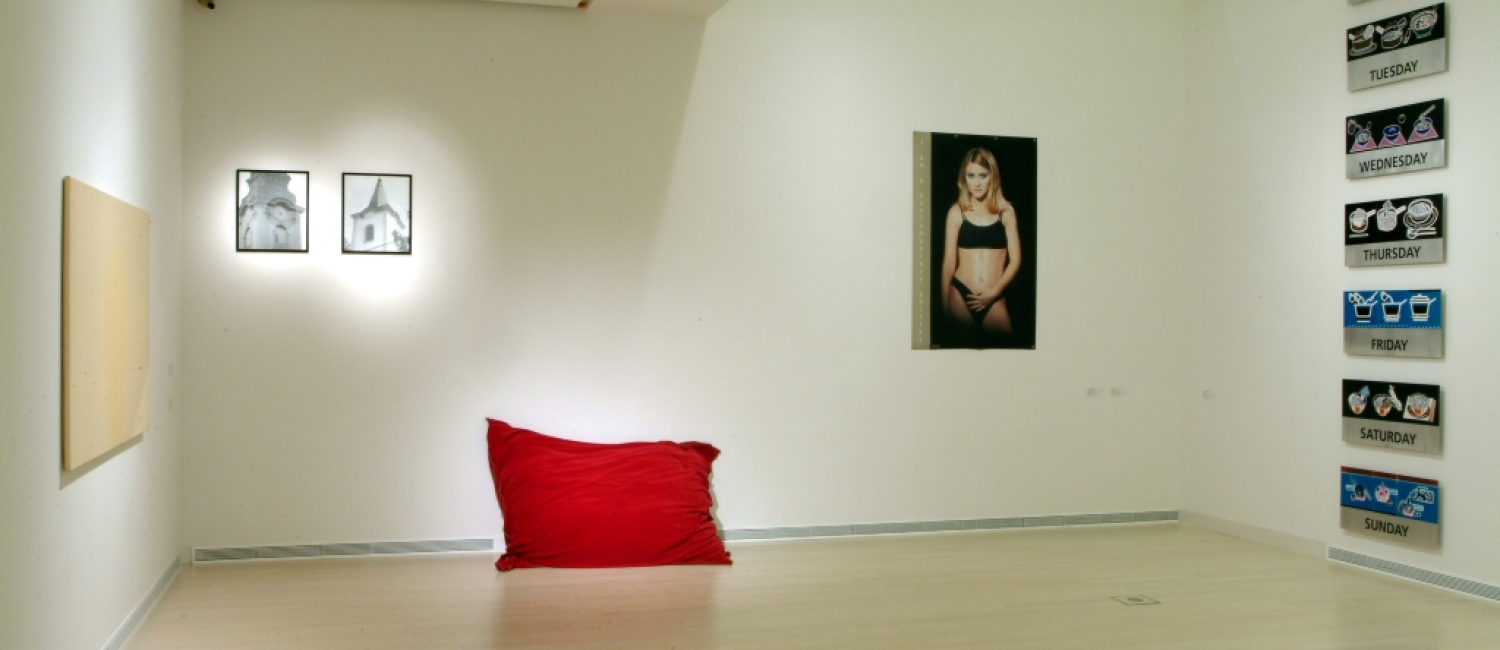Ludwig Museum, Budapest, presents its collection pertaining to the 1990s based on a new curatorial concept and complete with recent acquisitions, on view throughout this year in its 2nd-Floor exhibition space. A choice of newly acquired artworks has provided the point of departure for the exhibition concept. The museum has recently purchased works from major young creators, all members of the generation of artists emerging during the 1990s (Emese Benczúr, Eike, Mariann Imre, and Dezső Szabó). Each of the four artists significantly contributed to the creation of a new vocabulary for contemporary Hungarian art in order to be clearly distinguished from the art of the period prior to the political changes, along with its system of institutions, in more than one (not exclusively aesthetic) aspect. These endeavours paralleled that of other young Eastern European artists who are also featured in the present show. The characteristics of the works thus presented are partly manifest in the issues they put forward and the materials they utilise, demonstrating a departure from the heroic artistic attitude of the preceding period, with its often pathetic overtones. They visualize the role of the artist in terms of new metaphors, such as the ethnographer, the housewife, the passer-by in the streets, the top model, etc. Such a new artistic strategy is also momentous in that it is based on a new perception of the artwork—artist—viewer—institution relationship (a mode of perception that often appears to be unusual in the eyes of the local audience even these days). Emphasis is placed in this context on issues that had earlier pertained to the field of art theory, such as: the question of originality, the factor of time, the social role of the artist, or the examination focusing on the status of the artwork itself. Artists often make use of media of reproduction (primarily photography and video) that have a strong presence in our everyday lives, as a self-reflexive attempt to thematise quotidian life and mass culture. The reception of an artwork emerges on various levels, although one can often discover theoretical considerations of art in the background. As opposed to the works of the preceding generations, these artworks are not merely reflections of our thinking about art, but also voiced interventions in the realm of theoretical discussions.
